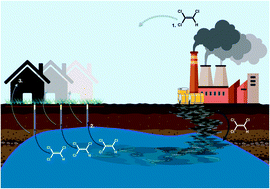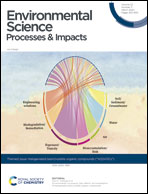Trichloroethylene, a ubiquitous environmental contaminant in the risk for Parkinson's disease
Abstract
Organic solvents are common chemicals used in industry throughout the world, however, there is evidence for adverse health effects from exposure to these compounds. Trichloroethylene (TCE) is a halogenated solvent that has been used as a degreasing agent since the early 20th century. Due to its widespread use, TCE remains one of the most significant environmental contaminants in the US, and extensive research suggests TCE is a causative factor in a number of diseases, including cancer, fetal cardiac development, and neurotoxicity. TCE has also been implicated as a possible risk factor in the development of the most common neurodegenerative movement disorder, Parkinson's disease (PD). However, there is variable concordance across multiple occupational epidemiological studies assessing TCE (or solvent) exposure and risk for PD. In addition, there remains a degree of uncertainty about how TCE elicits toxicity to the dopaminergic system. To this end, we review the specific neurotoxic mechanisms of TCE in the context of selective vulnerability of dopaminergic neurons. In addition, we consider the complexity of combined risk factors that ultimately contribute to neurodegeneration and discuss the limitations of single-factor exposure assessments.

- This article is part of the themed collection: Halogenated (semi)volatile organic compounds (“X(S)VOCs”)


 Please wait while we load your content...
Please wait while we load your content...